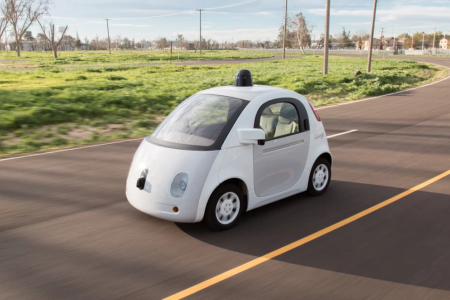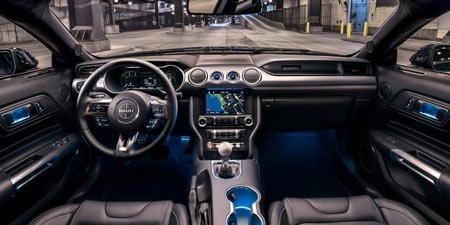Lookers, providers of the driving motability scheme, tell us more about how you can reduce costs by driving eco-friendlier as well as reducing your carbon footprint. But, how exactly can you do this?
Making predictions for the route ahead
By maintain a steady speed, you can save fuel and make the most out of a full tank. Predict what’s coming up on the road and prepare your speed accordingly. For example, if you’re approaching traffic lights, slow your car down in plenty of time to avoid harsh braking. You might surprise yourself by how much you can save on petrol or diesel by avoiding unnecessary stops and starts. In fact, statistics show that harsh braking and acceleration can reduce fuel efficiency by 33%. Similarly, when coming up to stand still traffic, reduce your speed so you can continue to move.
Monitor your speed
There are multiple benefits of speed control, as well as legal and safety reasons.
Perhaps your car has cruise control installed – be sure to make the most of it if so. This feature allows you to maintain a steady speed and prevents too much speed fluctuation — improving fuel efficiency. Remember to turn your car off when stationary (when it’s safe to do so) to save on fuel too.
It’s most economical to drive below 70mph. In fact, research has found that it can cost up to 25% more in fuel to drive at 70mph than it does when driving at 50mph. If your vehicle is moving below the speed of 15mph, the most vehicle pollution is created. Pollution emitted then lowers when accelerating to 60mph and rises again after this threshold therefore you must avoid driving too slowly also.
How can you reduce fuel costs?
Although it’s hard to resist rolling your windows down on a warm day, it can have a negative impact on your fuel tank. This is because driving with the windows down can cause your vehicle to drag — requiring more energy to move the car. So, is air conditioning a better alternative when it’s hot? One study discovered that this may actually use even more energy than when the windows are open.
To reduce fuel costs, why not try changing gears at lower revs. This driving technique prevents your engine from overworking and therefore requiring more power. It has been suggested that when you’re behind the wheel, you should try to change gear when the rev counter reads 2,000rpm for diesel and 2,500rpm for petrol. This stops your engine from working too hard and reduces the risk of clutch and gearbox damage (more unexpected costs that you could do without).
Become an eco-driver and see your savings grow!













Leave a Reply